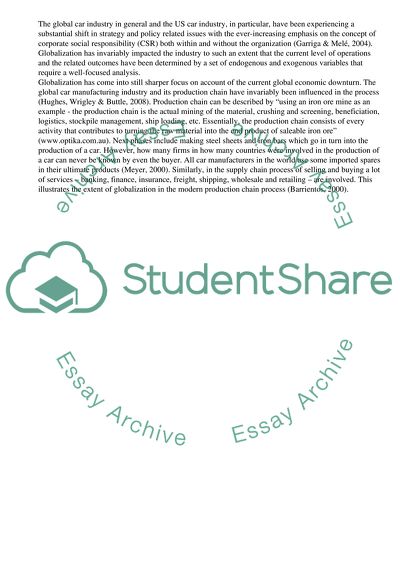Cite this document
(Production Chain in the Car Industry and CSR Term Paper - 2, n.d.)
Production Chain in the Car Industry and CSR Term Paper - 2. Retrieved from https://studentshare.org/business/1728355-production-chain-in-the-car-indusry-and-csr
Production Chain in the Car Industry and CSR Term Paper - 2. Retrieved from https://studentshare.org/business/1728355-production-chain-in-the-car-indusry-and-csr
(Production Chain in the Car Industry and CSR Term Paper - 2)
Production Chain in the Car Industry and CSR Term Paper - 2. https://studentshare.org/business/1728355-production-chain-in-the-car-indusry-and-csr.
Production Chain in the Car Industry and CSR Term Paper - 2. https://studentshare.org/business/1728355-production-chain-in-the-car-indusry-and-csr.
“Production Chain in the Car Industry and CSR Term Paper - 2”, n.d. https://studentshare.org/business/1728355-production-chain-in-the-car-indusry-and-csr.


